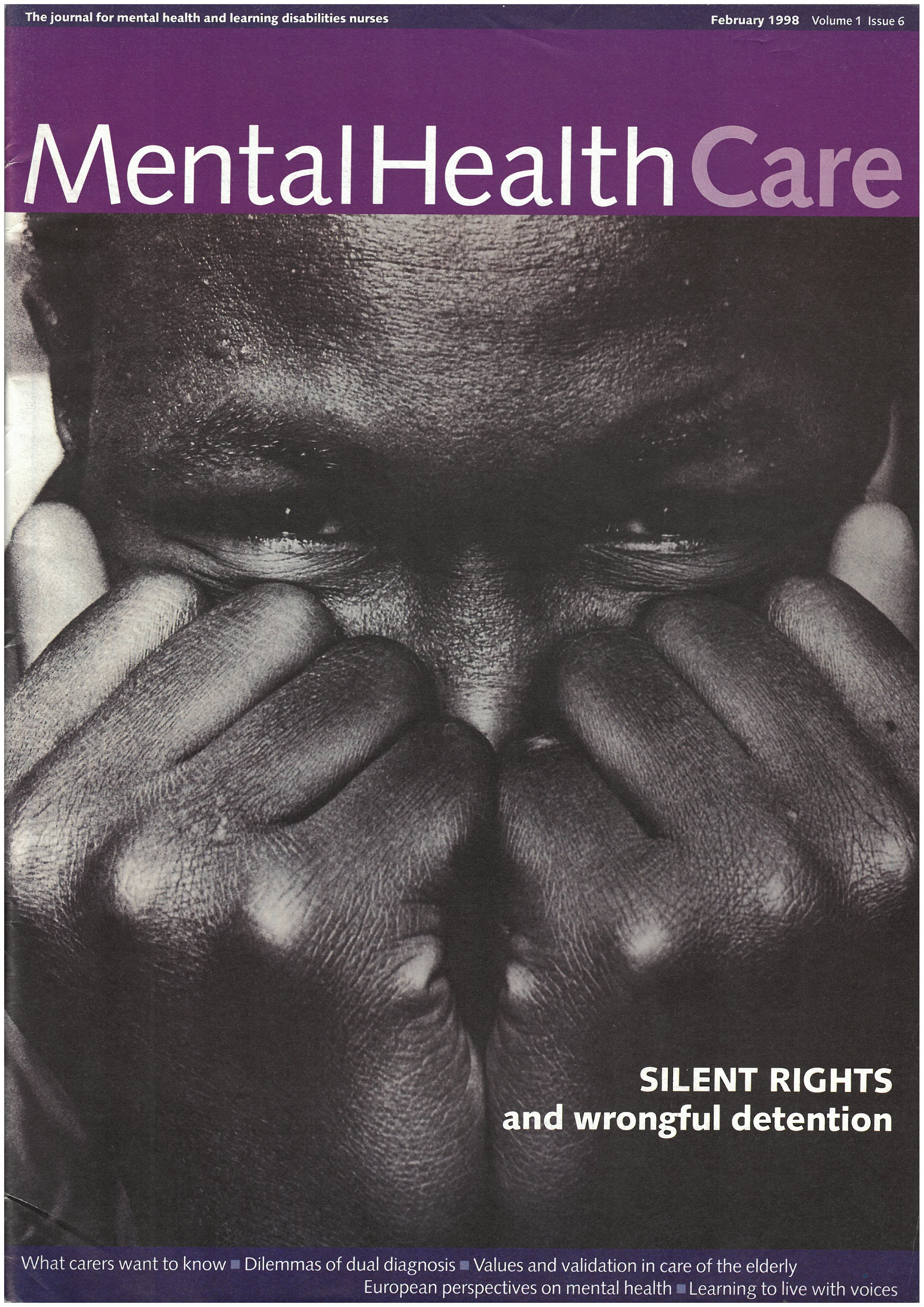
‘Digging Deep’: The Ipamo Project, 1995-2002
The organisation, led by director Malcolm Phillips (appointed in October 1996), and supported by a ‘council of elders’ (Management Committee Members) including psychiatrists, faith leaders, social workers, journalists and NHS workers, got to work on realizing the vision for Ipamo. A building was purchased, 107 Tulse Hill, to be developed as the home for the service. A re-design was envisioned, to create physical spaces that would be therapeutic places of sanctuary and respite. The new design was intended to ‘assist in creating an environment that provides a sense of ownership and belonging[…] for the users of the service’ (Director’s report 1997). The Trust appointed a design team of consultants and architects and obtained funding to employ artist Yinka Shonibare to work on the project, to bring images reflective of African heritage ‘into the fabric of the building’.
Design plans for 107 Tulse Hill, 1996 (WILSON/1)
Ipamo’s Six Service Areas
The organisation synthesized their seven key objectives into a strategy which would offer 6 core service areas:
A ‘safe and calm’ centre where community members in crisis could be received and assessed. Referrals to the service would be allowed to stay for up to 48 hours.
Short stay crisis service provision of up to four weeks, as an alternative to in-patient hospital care.
A ‘family respite service’ offering short stay respite care and support for carers or families of clients.
A 24-hour advice/advocacy service provided through an informal ‘café’ setting where members of the community requiring support could meet with workers to discuss a range of support needs.
A therapy outreach service providing a range of provisions which carried the ‘values beliefs and customs of the African and Caribbean community’.
A community education and development programme providing advice, training and education designed to have a positive impact on the mental well being of the community.


